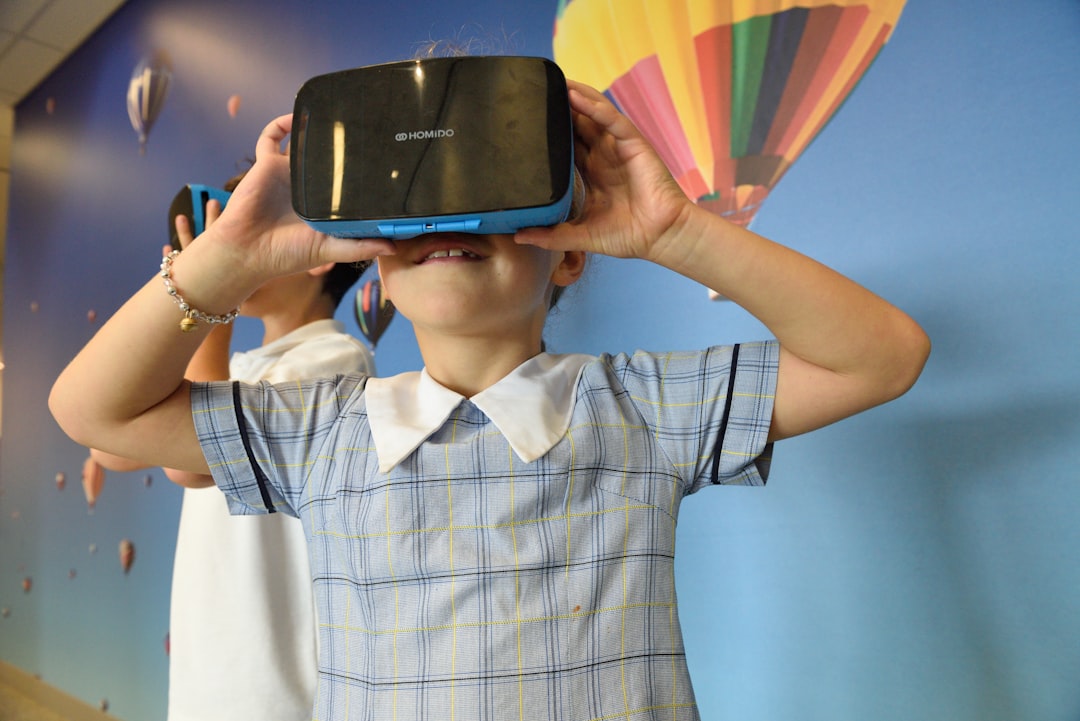The Sexualization of Children Goes Deeper than Drag Queens
When sex is a market commodity, it plays by market rules.
Keep reading with a 7-day free trial
Subscribe to Digital Liturgies to keep reading this post and get 7 days of free access to the full post archives.


